|
|
|
Inez Milholland remains famous as the beautiful Joan of Arc-like symbol of the suffrage movement. She appeared dramatically astride a white horse leading more than 8,000 marchers at the head of the March 3, 1913, suffrage parade held the day before Woodrow Wilson's presidential inauguration in Washington, D.C. Born into a well-to-do New York family, she was the daughter of John Milholland, a newspaper editorialist and a reformer with the National Association for Along with Dorothy Day, Crystal Eastman, Louise Bryant, and other activists, Milholland was part of an avant garde Greenwich Village group of progressives and socialists involved in the production of The Masses, a cutting-edge magazine that fused radical art, graphic satire, and political commentary. The Masses, begun in 1911, was shut down in 1917 because of its editor's antiwar stance. Milholland herself protested the United States entering World War I, and at the end of 1915, she was among those who traveled on Henry Ford's “Peace Ship,” Oscar II, to Europe. Milholland was recruited to the NAWSA Congressional Committee's cause by association with Alice Paul. She soon revealed a powerful ability to move crowds at rallies on behalf of the Congressional Union for Woman Suffrage (CU). By 1916 Milholland had become one of the highest-profile leaders of the CU, electrifying audiences as she traveled on a grueling speaking schedule as an envoy to 12 western suffrage states. Despite warnings from her physician, and dispatched by the similarly unflagging Paul, she persisted in touring despite pronounced ill health. The dynamic Milholland collapsed at the podium while delivering a suffrage speech in Los Angeles in the fall of 1916. She was rushed to the hospital and, despite treatment for pernicious anemia and hope of recovery, died weeks later on November 25, 1916. The front-page news shocked the nation and her fellow suffragists. Her dedication, iconic idealism, and tragic death made her a major martyr of the suffrage movement. Her last public words before her collapse were, “Mr. President, how long must women wait for liberty?” Alice Paul organized Milholland's memorial service, which was held in Statuary Hall in the U.S. Capitol building on Christmas Day, 1916. When Woodrow Wilson spurned a delegation that attempted to present him with resolutions crafted in Milholland's honor in early January 1917, the NWP changed tactics from a focus on lobbying to more direct action. Within days the NWP began a new campaign of picketing the White House. |
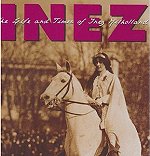 The Life and Times of Inez Milholland Inez Milholland was the most glamorous suffragist of the 1910s and a fearless crusader for women's rights. Moving in radical circles, she agitated for social change in the prewar years, and she epitomized the independent New Woman of the time. Her death at age 30 while stumping for suffrage in California in 1916 made her the sole martyr of the American suffrage movement. |
Inez Milholland Boissevain preparing to lead the March 3, 1913, suffrage parade in Washington, D.C. Harris & Ewing. 1913.
|
Inez Milholland Boissevain, center, as she begins her last speaking trip for National Woman's Party, 1916.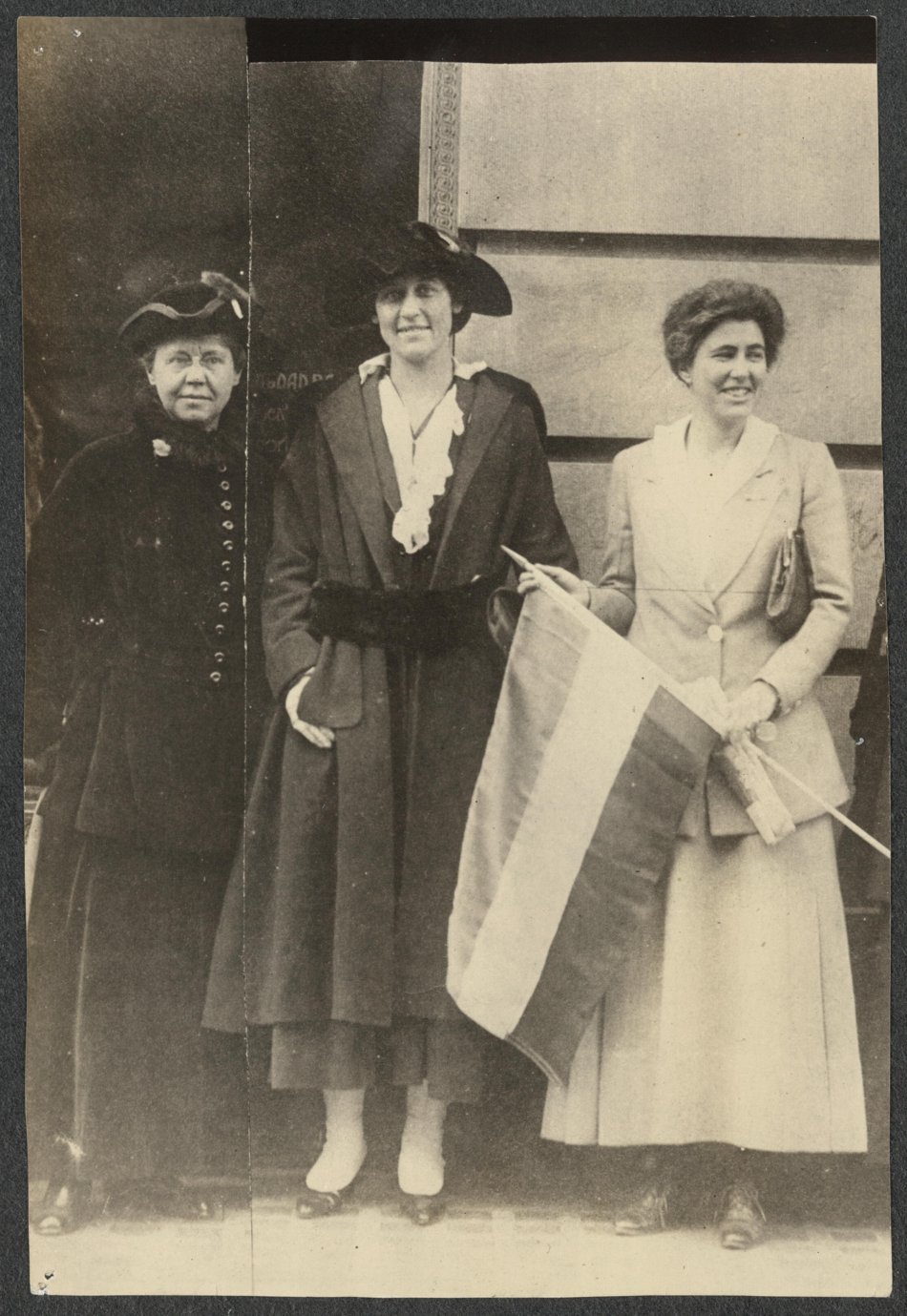 |
Women of the American Suffrage Movement
Womens Suffrage Timeline
American Civil War Women
Womens Civil War Reading Titles
American Civil War Recipes
Civil War Exhibits
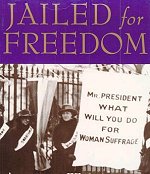 Jailed for Freedom by: Doris Stevens Dramatic documentation of women's struggle to win the vote is brought to light by a firsthand witness who reveals, among other facts, the imprisonment, vilification and brutality women experienced during their fight |
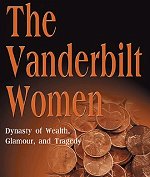 The Vanderbilt Women: Dynasty of Wealth, Glamour and Tragedy The fascinating lives of three generations of Vanderbilt women who dominated New York society from the middle of the eighteenth century through the twentieth. Of special interest are the discovery of unpublished letters |
 Century of Struggle The Womans Rights Movement Young suffragists who helped forge the last links in that chain were not born when it began. Old suffragists who forged the first links were dead when it ended. It is doubtful if any man, even among suffrage men, ever realized what the suffrage struggle came to mean to women |
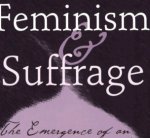 Feminism and Suffrage: The Emergence of an Independent Women's Movement in America, 1848-1869 In the two decades since Feminism and Suffrage was first published, the increased presence of women in politics and the gender gap in voting patterns have focused renewed attention on an issue generally perceived as nineteenth-century |
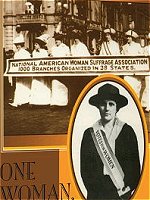 One Woman One Vote This program documents the struggle which culminated in the passing of the 19th Amendment in the U.S. Senate by one vote. Witness the 70-year struggle for women's suffrage. Discover why the crusaders faced entrenched opposition from men and women who feared the women's vote would ignite a social revolution. DVD |
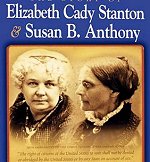 Not for Ourselves Alone: The Story of Elizabeth Cady Stanton & Susan B. Anthony Together they fought for women everywhere, and their strong willpower and sheer determination still ripples through contemporary society. Here lies the story of two of our century's most celebrated pioneers Elizabeth Cady Stanton and Susan B. Anthony. DVD |
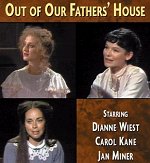 Out of Our Fathers House Broadway Theatre Archive This play presents the true stories of women who sought independence at any cost. The compelling text is taken entirely from the diaries, journals and letters of the characters portrayed. |
Sources:
U.S. Library of Congress
Federal Citizen